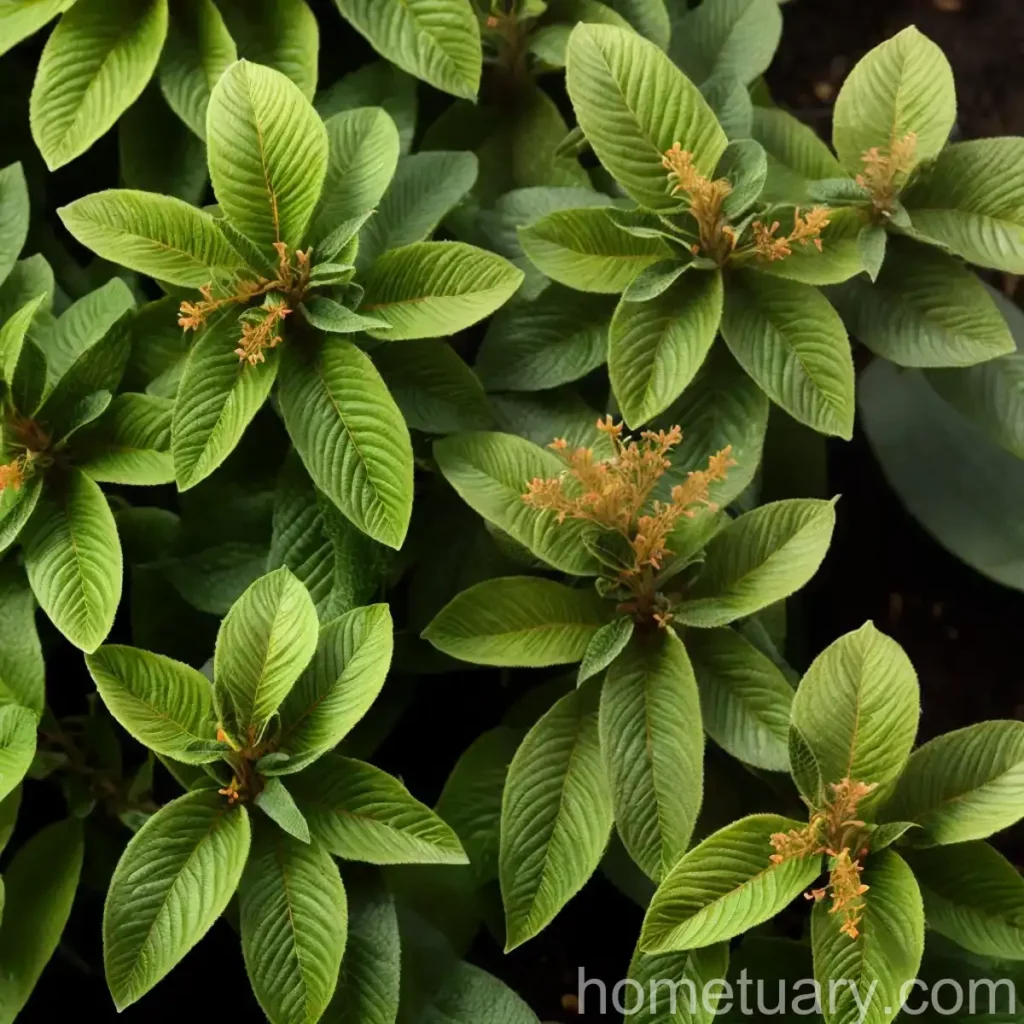Virginia Sweetspire (Itea virginica): A Comprehensive Guide
Plants play a pivotal role in maintaining the balance of our environment, and understanding their needs and characteristics is crucial for their successful growth. In this comprehensive guide, we will delve into the key aspects of the Virginia Sweetspire (Itea virginica), a remarkable plant known for its aesthetic appeal and ecological significance.
What is Virginia Sweetspire (Itea virginica)?
Virginia Sweetspire, scientifically known as Itea virginica, is a deciduous shrub native to the southeastern United States. Its natural habitat includes moist woodlands, swamp edges, and along stream banks, providing important ecological functions such as erosion control and habitat for wildlife. Also referred to as “Tassel White,” Virginia Sweetspire is cultivated for its ornamental value due to its long-lasting, showy, white flowers and vibrant fall foliage.
Key Takeaways
Below are the vital attributes and considerations associated with the Virginia Sweetspire plant.
- Scientific Name: Itea virginica
- Plant Type: Deciduous shrub
- Native Habitat: Southeastern United States
- Common Names: Virginia Sweetspire, Tassel White
- Special Features: Showy white flowers, vibrant fall foliage
Now, let’s delve into the specifics of cultivating and caring for the Virginia Sweetspire in your garden or landscape.
Culture
When considering the cultivation of Virginia Sweetspire, it is essential to understand its specific cultural requirements.
Uses
Virginia Sweetspire boasts various uses, including its ornamental attributes and ecological contributions.
- Ornamental: The plant is prized for its attractive white flowers and stunning fall foliage, making it a popular choice for landscaping and garden designs.
- Ecological: In its natural habitat, Virginia Sweetspire plays a critical role in supporting local ecosystems and providing food and shelter for wildlife.
Water
An adequately moist environment is crucial for the optimal growth of the Virginia Sweetspire.
- Water Needs: Regular watering, especially during dry spells, is essential for maintaining soil moisture levels.
- Wetland Tolerance: Virginia Sweetspire exhibits a favorable tolerance for moist or wet soil conditions, making it suitable for water garden settings.
Sunlight
Understanding the plant’s sunlight requirements is vital for ensuring its healthy development.
- Sun Exposure: The Virginia Sweetspire thrives in partial to full sunlight, preferring about 4-6 hours of direct sunlight per day.
- Shade Tolerance: While it appreciates sunlight, the plant also demonstrates good shade tolerance, making it adaptable to various light conditions.
Fertilizer
Providing the right nutrients is crucial for supporting the plant’s growth and blooming potential.
- Fertilization: A balanced, slow-release fertilizer applied in spring can help promote healthy growth and abundant flowering.
Soil
The soil composition significantly influences the growth and overall health of the Virginia Sweetspire.
- Soil Type: Well-drained, acidic soils are ideal for cultivating Virginia Sweetspire.
- Soil Moisture: While the plant prefers moist to wet soil, good drainage is essential to prevent waterlogging.
Pruning
Regular maintenance, including pruning, is essential for shaping and rejuvenating the plant.
- Pruning Time: It is best to prune the Virginia Sweetspire in late winter to early spring before new growth emerges.
- Pruning Tips: Remove dead or weak branches and shape the plant as desired to maintain an attractive form.
Propagation
Understanding the methods of propagating Virginia Sweetspire is essential for expanding its presence in your garden or landscape.
- Propagation Techniques: The plant can be propagated through seeds, softwood cuttings, or division.
- Timing: Propagation is best done in early spring to maximize the success of new plant establishment.
Container Popularity
Virginia Sweetspire is well-suited for container gardening, offering versatility in landscape design.
- Container Size: Use a sufficiently large container to accommodate the plant’s mature size and root development.
- Soil Requirements: Well-drained potting mix is crucial for container-grown Virginia Sweetspire.
Common Diseases
Despite its resilience, Virginia Sweetspire is susceptible to certain diseases that can impact its health and appearance.
- Disease Resistance: The plant exhibits good resistance to most common diseases.
- Common Issues: Leaf spot and powdery mildew may occasionally affect Virginia Sweetspire, especially in humid conditions.
Disease Diagnosis
Recognizing the symptoms and causes of plant diseases is crucial for timely intervention and management.
- Symptoms: Watch for signs of leaf spots, browning, or powdery white patches on the foliage.
- Cause Analysis: Assess environmental conditions and potential stress factors that may contribute to disease development.
Common Pests
While generally resilient, Virginia Sweetspire can face pest infestations that require attention.
- Pest Vulnerability: Aphids, scale insects, and spider mites are among the potential pests that may affect the plant.
- Control Measures: Regular inspection and the application of horticultural oils or insecticidal soaps can help manage pest populations.
Botanist’s Tips
Incorporating expert insights and tips can greatly enhance the success of cultivating Virginia Sweetspire.
- Mulching: Applying a layer of organic mulch around the base of the plant can help retain soil moisture and suppress weed growth.
- Companion Planting: Pairing Virginia Sweetspire with compatible plants can create visually appealing and ecologically diverse landscapes.
Fun Facts
Delightful and intriguing facts about Virginia Sweetspire add a layer of fascination to its cultivation.
- Wildlife Attraction: The plant’s flowers attract pollinators, such as butterflies and bees, contributing to the biodiversity of the garden.
- Eco-Friendly Qualities: Virginia Sweetspire’s low-maintenance nature and wildlife value make it a sustainable choice for eco-conscious gardening.
Links to External Resources
For further information and in-depth exploration of Virginia Sweetspire, the following resources are highly beneficial:
- The Plant Database: Virginia Sweetspire (Itea virginica)
- University of Florida IFAS Extension: Virginia Sweetspire for Wet Areas
- Pennsylvania Horticultural Society: Itea virginica
- Missouri Botanical Garden: Itea virginica
In conclusion, the Virginia Sweetspire (Itea virginica) stands as a captivating and ecologically significant plant that offers a wealth of ornamental and environmental benefits. By understanding and implementing the key considerations and techniques outlined in this comprehensive guide, enthusiasts and gardeners can foster the growth and vitality of this remarkable shrub in diverse landscapes and garden settings.















